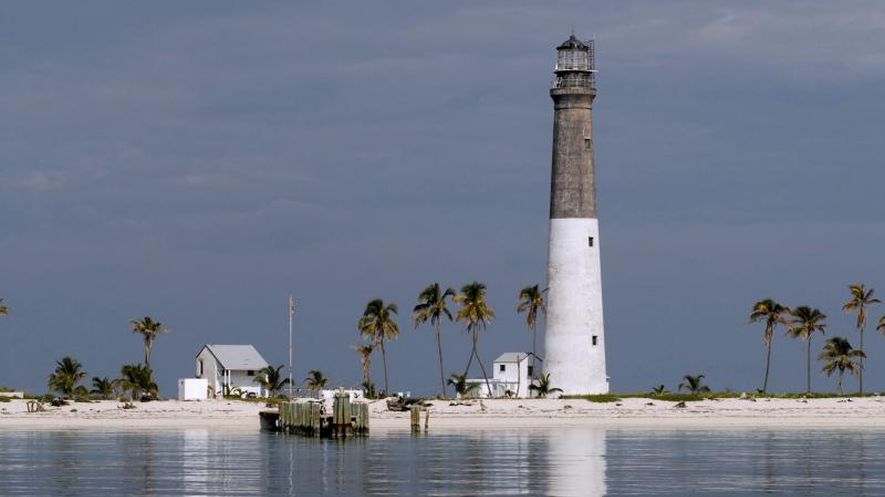On 28 January 2016, the U.S. Environmental Protection Agency (EPA) has released the 2010 National Coastal Condition Assessment showing that more than half of the nation's coastal and Great Lakes nearshore waters are rated good for biological and sediment quality, while about one-third are rated good for water quality.
In almost all coastal waters, however, contaminants in fish tissue pose a threat to sensitive predator fish, birds, and wildlife. The National Coastal Condition Assessment is part of a series of National Aquatic Resource Surveys (NARS) designed to advance the science of coastal monitoring and answer critical questions about the condition of waters in the United States.
Since more than half the nation’s population lives near coastal waters, and that number is increasing every year, it is important for us to understand the condition of these highly productive and fragile habitats so we can properly manage and protect them,” said Joel Beauvais, EPA Deputy Assistant Administrator for Water. “The latest science confirms we must keep paying close attention to our coastal waters, reduce the pollutants that are harming water quality, and protect those areas still in good condition."
The summarized findings are:
• Biological Quality is rated good in 56% of coastal and Great Lakes nearshore waters. Healthy communities of bottom-dwelling macroinvertebrates (such as worms and clams), which are indicators of biological quality, are supported in these waters.
• Water Quality is rated fair in 48% of coastal and Great Lakes waters and good in 36% when measuring phosphorus, nitrogen, water clarity, chlorophyll a, and dissolved oxygen concentrations. The most widespread stressor for water quality is phosphorus.
• Sediment Quality is rated good in 55% of coastal and Great Lakes nearshore waters based on low levels of sediment contaminants and sediment toxicity.
• Ecological Fish Tissue Quality is rated good for less than 1% of the nation’s waters. This means there is a potential threat to the most sensitive predators (fish, birds, and wildlife) that consume fish in most waters
• Change in conditions were mixed between 2005-2006 and 2010. Water quality remained unchanged, biological quality improved 17%, and sediment quality declined by 22%.
Excessive phosphorus, potentially from sources such as sewage and fertilizers, is the greatest contributor to the poor water quality rating in coastal waters. It can result in undesirable algae blooms, lowered concentrations of dissolved oxygen, and reduced water clarity. Selenium is the greatest contributor to the poor ecological fish tissue rating. It is a naturally occurring mineral in the environment that may be increasing due to human activities. Selenium is an essential dietary nutrient for all organisms. However, it exhibits highly bioaccumulative properties. Chronic exposure to selenium concentrations greater than background levels can adversely affect reproductive and early life-stage success in wildlife.
EPA conducted the National Coastal Condition Assessment in partnership with state water quality agencies and other federal agencies, including the National Oceanic and Atmospheric Administration. One in a series of surveys conducted under EPA's National Aquatic Resource Survey program, it is based on sampling conducted in 2010 at 1,104 sites in the coastal waters of the U.S. and nearshore waters of the Great Lakes. It is the fifth in a series of reports assessing the condition of coastal waters of the US. National surveys have been completed for wadeable streams (2004), lakes (2007), rivers and streams (2008-2009), coastal waters (2010), and wetlands (2011). EPA and our partners plan to continue to assess each of these waterbody types on a five-year rotating basis.
For more information, click here.





